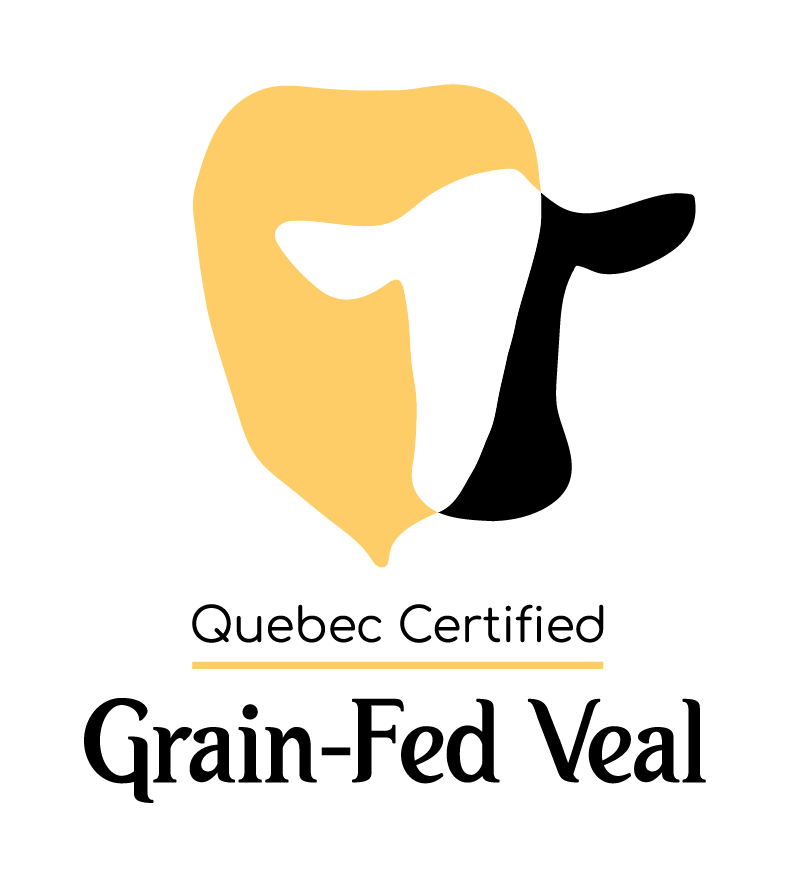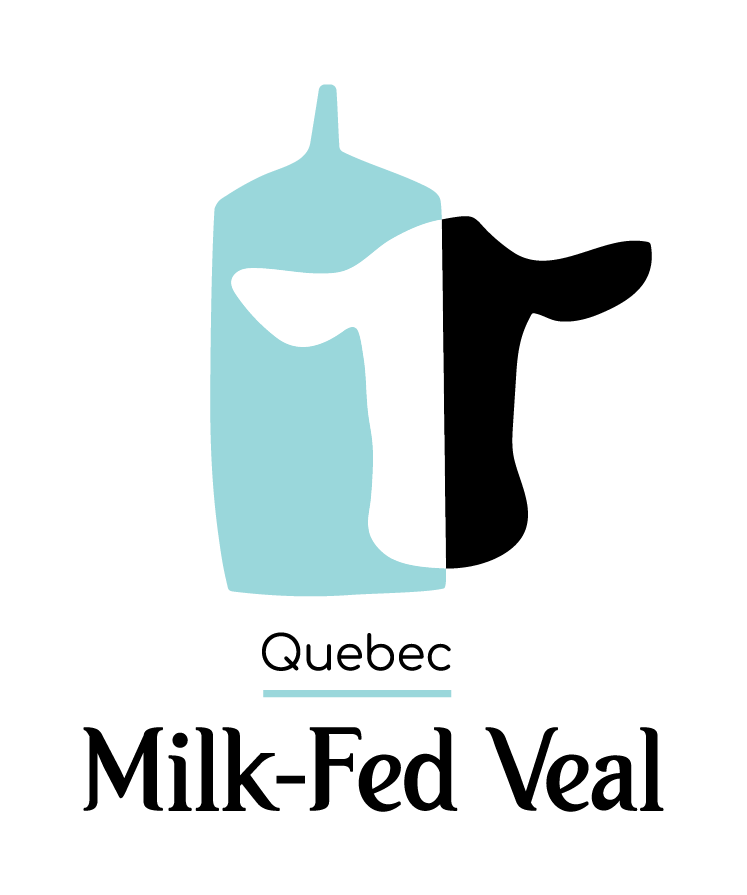Sales Agencies
Following the adoption of the Joint Plan, the production sectors established compulsory sales agencies and production and marketing intervention tools.
Grain-fed veal
On August 3, 1987, producers of grain-fed veal calves set up a sales agency with an innovative selling mode, electronic auctions.
 From its creation, the Agence de vente veaux de grain (sales agency for grain-fed calves) made producers aware of the importance of improving and standardizing the quality of their product. In 1990, a producer accreditation program was established and introduced quality standards. In December 1999, producers adopted a regulation requiring compliance with a Requirements Manual that clearly determines the production conditions of grain-fed calves. This first on-farm certification program came into force on July 1, 2000.
From its creation, the Agence de vente veaux de grain (sales agency for grain-fed calves) made producers aware of the importance of improving and standardizing the quality of their product. In 1990, a producer accreditation program was established and introduced quality standards. In December 1999, producers adopted a regulation requiring compliance with a Requirements Manual that clearly determines the production conditions of grain-fed calves. This first on-farm certification program came into force on July 1, 2000.
Always innovative, in 2004, grain-fed and milk-fed calf producers removed growth hormones from their farming operations.
Milk-fed veal
 Since the adoption of the Joint Plan, producers of milk-fed veal calves have prioritized promotion and market development. Nearly half the production is exported outside the province. The quality of Quebec Milk-Fed Veal is common knowledge.
Since the adoption of the Joint Plan, producers of milk-fed veal calves have prioritized promotion and market development. Nearly half the production is exported outside the province. The quality of Quebec Milk-Fed Veal is common knowledge.
In 2008, producers of milk-fed calves established the operating conditions for a marketing agency.
Beef
Cull cattle
In 1987, cull cattle producers decided to sell their product exclusively through electronic auctions or public auctions. The new system’s primary aim was to free producers from the private preserves of intermediaries and slaughter plants. Not everyone was happy with this “great disruption”. Some who had found the previous situation to their advantage opposed it strongly. But the new system did very gradually come into operation.
The new selling methods quickly increased the prices and the number of cull cows and dairy calves marketed in Quebec. However, as a consequence of the gradual reduction of dairy herds, the number of cull cattle and dairy calves offered for sale dropped gradually from 1989 to 1993. The growth of the cow-calf sector was insufficient to offset the annual decrease in the number of culled dairy cattle. Quebec buyers became scarcer and the auction barns in the regions emptied. The producers and the auction barns realized that rationalization of the auction barn sector was necessary. This reflection culminated in the creation of Réseau Encans Québec in 2002.
The BSE crisis of 2003 triggered still more upheavals. The blockade of the Levinoff-Colbex plant by producers in December 2004 led to the signing of an agreement, providing for a gradual price increase in 2005 and the acquisition of the company on January 1, 2006.
Feeder calf
Since 1993, the feeder calves’ marketing is done through the feeder calves’ sales agency. The agency allows the sale of feeder calves by specialized auctions, by weekly auctions and the supervision of an agent accredited by the PBQ as well as direct sales between a producer and a buyer. Quebec’s feeder calf producers also have set up an online platform allowing consumers to easily find producers who offer their products directly at the farm: www.boeufquebec.com
Fed cattle
On June 6, 1989, seven years after the adoption of the Joint Plan, the sales agency was finally created. Since then, fed cattle producers have been selling their production either by electronic auctions, or directly to the slaughter plant, or through public auctions.
In the 1980s, producers had difficulties marketing their product, prices varied from one producer to another and some had to resort to the services of intermediaries. Payment delays were often very long. Most significantly, the bankruptcy of several slaughter plants had left large amounts unpaid to fed cattle producers.
This difficult situation led to the creation of a payment guarantee program in 1989, made possible by an amendment to the Act respecting the marketing of agricultural, food and fish products. This amendment made it possible to constitute a payment guarantee fund in addition to the performance bond provided by buyers. It was a first in Quebec!
After 1989, fed cattle trading volumes grew constantly. The agency got involved and innovated by establishing a project to improve the quality of Quebec beef. This led to the Bœuf Qualité Plus program, which contains detailed and verified specifications. The first farms were certified in March 2005.
The Veterinary Expertise project was introduced to provide better livestock health support to producers. In 2003. the sector developed traceability software for cattle in feedlots: Bovitrace. Today, thanks to all these initiatives, the quality of beef produced in Quebec meets the industry’s highest standards.
 Youtube
Youtube Facebook
Facebook
